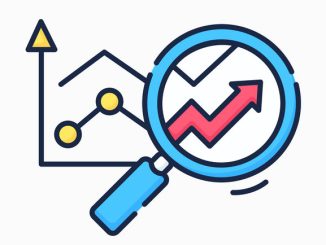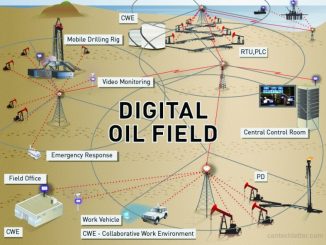 In today’s fast-paced digital landscape, bridging the gap between operational needs and technological innovation remains as critical as ever. While much has changed since I first explored Dutch Holland’s remarkable article in the Digital Energy Journal back in 2011, his insights into aligning technology with business goals remain strikingly relevant.
In today’s fast-paced digital landscape, bridging the gap between operational needs and technological innovation remains as critical as ever. While much has changed since I first explored Dutch Holland’s remarkable article in the Digital Energy Journal back in 2011, his insights into aligning technology with business goals remain strikingly relevant.
Holland’s piece highlights the various strategies that can successfully translate operational necessities into impactful, technology-driven initiatives. Respecting the integrity of his original article, let’s revisit these five commonly employed approaches, now through the lens of 2025:
- The By-the-Book Business Analyst: This role thrives on established methodologies and frameworks, ensuring disciplined execution. In 2025, advanced AI tools augment their work, enabling faster and more precise modeling of business requirements.
- The Business-Experienced Analyst: Analysts with deep operational experience are now equipped with sophisticated simulation tools to forecast outcomes and measure the impact of new IT solutions with greater accuracy.
- The Businessman CIO: The modern CIO continues to bridge the gap between technical and business realms, now leveraging technologies like generative AI and predictive analytics to make data-driven decisions that align with strategic goals.
- The IT Expert Inside the Business: Embedded IT professionals remain a key asset, but their role has evolved to include proficiency in emerging technologies like edge computing and blockchain, ensuring seamless integration into operational environments.
- The Operations-Led Interface: As operational teams adopt digital twin technology and IoT-based monitoring, their ability to influence IT strategies has grown, making this interface even more critical to success.
The Importance of an Intelligent Interface
Holland's assertion from 2011 still holds true: "An intelligent interface between technology and business is required." In 2025, this interface has become more dynamic, often taking the form of AI-driven platforms capable of translating business opportunities into technical requirements, automating testing, and streamlining implementation.
However, the human element remains indispensable. Effective collaboration between operations, IT, and leadership ensures that technology doesn’t just innovate for its own sake but drives real business value.
A Continued Recommendation
 I still strongly recommend reading Holland's insightful article for anyone navigating the complexities of implementing technology-driven solutions with an operational focus. While some specifics may have evolved, the foundational principles remain timeless. You can access the original article here:
I still strongly recommend reading Holland's insightful article for anyone navigating the complexities of implementing technology-driven solutions with an operational focus. While some specifics may have evolved, the foundational principles remain timeless. You can access the original article here:
Making New IT Work for the Business.
Blog by Mark Reynolds, updated December 2024.


